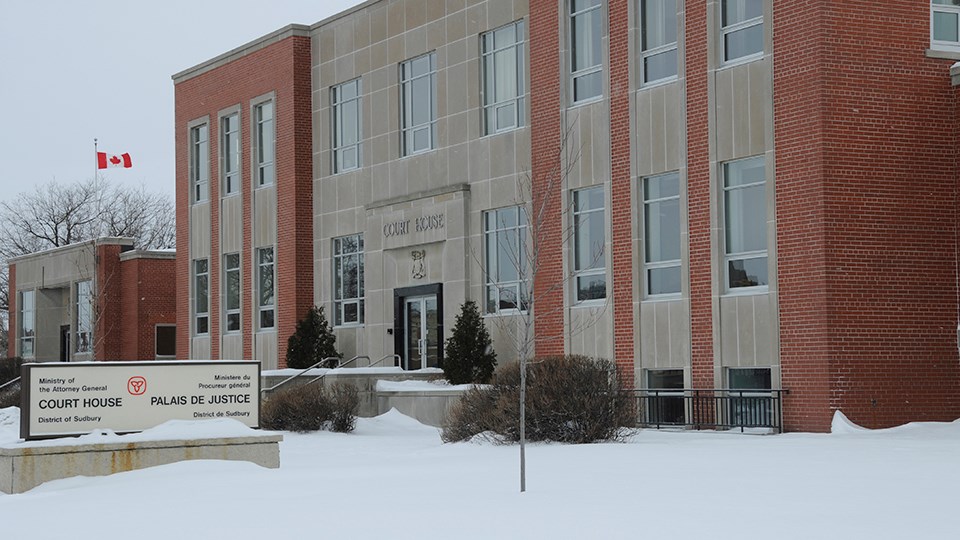The jury in the second-degree murder trial of Robert Steven Wright will now deliberate as they were excused from court at 12:30 p.m. today, after hearing instructions from Justice Robbie D. Gordon.
Wright is accused of the stabbing death of Renée Sweeney, who was killed at her workplace on Jan. 27, 1998.
Wright was arrested in 2018 after DNA evidence linked him to the scene of the crime. He has been in jail since. The trial began on Feb. 21 of this year.
The jury listened intently as Gordon spoke.
“There are two judges in this case,” said Gordon. “I am one, and you, the jury, are the other.”
He then described the aspects of law that would be important for the jury to know.
Those aspects included the presumption of innocence that Wright has “unless and until the Crown proves guilt beyond a reasonable doubt.” The burden of proof is on the Crown he said, and never shifts. “Mr. Wright doesn’t have to prove to you he is innocent.”
Gordon was also specific that it is not enough for the jury to believe that “he is probably or likely guilty,” as in those circumstances, “you must find him not guilty.”
Gordon noted that rather than direct evidence, the Crown’s case is built on circumstantial evidence. To illustrate circumstantial, Gordon used the example of a person who enters the court lobby sopping wet; while you may not directly see it is raining, it is a reasonable conclusion based on evidence. He also instructed the jury that they can’t use disbelief of Wright’s testimony as evidence that Wright committed the crime.
“You must consider all of the evidence together,” Gordon said.
As to John Fetterly, raised by the defence as an alternative suspect, Gordon cautioned the jury not to fall into a trap.
“It is not for you to decide who is more likely to have killed Ms. Sweeney, that’s the wrong question,” he said. “You must consider all the evidence, and it is up to you to decide how little or how much you believe.”
Gordon reviewed the evidence in the case, detailing what the jury heard from Crown attorneys Kevin Ludgate and Rob Parsons, and from defence co-counsel Michael Lacy and Bryan Badali.
He also described the essential elements of second-degree murder, which requires intent to cause bodily harm knowing it would likely result in death.
Gordon said the charge requires three elements:
- That Robert Steven Wright committed an unlawful act;
- Did the killer have the state of mind to kill. “The Crown must prove the person who caused the death meant to kill Ms. Sweeney or caused bodily harm knowing it would kill her and still continued to injure,” said Gordon. “They were reckless as to whether she died or not.”
- Did Robert Steven Wright commit the unlawful act of murder.
Gordon told the jury that they were to have an open mind to all the evidence, but also to the opinions and thoughts of the other jurors.
“Don’t start off telling everybody you have your mind made up and nothing will change it, that’s not the way,” he said. He also instructed them not to disclose the results of any verdict votes taken within the jury room
Just before the jury was sequestered, a juror was excused through random selection because there was still an alternate juror, making 13 instead of the required 12.
The jury will be sequestered for the length of their deliberation, and will have between 9 a.m. and 9 p.m. each day to deliberate until they reach a decision. When they have made a decision, they will complete a verdict form, seal it in an envelope and bring it to one of three jury services workers, who all took an oath in court today to maintain the sanctity of the court process. It will then be read in court by the jury foreperson. \
Jenny Lamothe is a reporter with Sudbury.com
